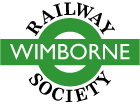Gretton & Wenlock Railway
Owned by the Colehill Locomotives And Narrow Gauge Enthusiasts Railway Society (C.L.A.N.G.E.R.S.)
A 0-16.5 narrow gauge freelanced layout by the creators of the Tarrant Valley Raiway.
The Model
The group of WRS members that built Tarrant Valley Railway, decided to move up to 0-scale for their next project. Having bought an 0-16.5 layout second hand, they proceded to convert it to better suit their needs by extendending it to a 20′ × 6′ L-shape.
The period the model represents is the late 1940s, up to the line’s closure in 1951. Stock consists entirely of kit built models. The original layout had a canal modelled on it so we kept that feature and then set about designing the trackwork which included a bridge over the canal, The timber merchant’s yard was added as a point of interest and to give a purpose to a “siding to nowhere” that ran in front of the original fiddleyard. All the baseboards are 4′ x 2′ and all but two are built differently to take account of the scenery constructed on them.
All buildings have been scratchbuilt. The roof of the large warehouse which hides the corner join is removable as the two walls are on separate boards. The sack hoist works on a timed interval basis. A grounded coach body (Peco) acts as a parcels office and there are working lights in the yard and station. The boiler house at the timber merchants is detailed with two boilers while the cutting shed contains a saw bench with rotating saw based on a product made by Stenner & Gunn of Tiverton.
Locomotives and rolling stock are all kit built models, including 4 Peco Glyn Valley Tramway 0-4-2T tram locos running on 0-6-0 chassis , plus 2 sets of four 4 wheel coaches and a rake of 10 1 ton slate wagons about 20 4 ton open wagons. Four sets of twin bolster wagons are used, two work with the gravity slate train (using a Tenshodo “spud” motor to provide the “gravity”) and the other two work to/from the timber merchants, carrying logs in and sawn timber out. Five bogie coaches have been scratchbuilt using etched brass and Bachmann Collett coach bogies in a shortened Vale of Rheidol style. Four resin Smallbrook Studios steam locos and one diesel shunter have been built on r-t-r Hornby chassis. One of the steam locos, an “Echo” kit, has been enlarged and modified to run on an old Lima class 08 chassis, complete with outside cylinders and valve gear. The loco now resembles “Dennis” of Snailbeach District Railways fame. There are always opportunities for interlopers from other railways to make an appearance!
Peco Code 100 0-16.5 track has been used with a mixture of standard and scratchbuilt pointwork. Woodlands Scenic scatter materials and clump foliage has been used for the greenery and the trees are made from dead stems of heather, cut to shape and glued together to create the desired shapes.
The History
Gretton Station and Canal, with associated warehouses, is modelled here on this imaginary 2′ 3″ narrow gauge railway. The railway initially opened in 1892 for freight traffic only (mostly coal and slates). Four tram engines formed the initial motive power, along with nearly 30 wagons. A passenger service was introduced in 1899, when new coaching stock was delivered. At this time the wagon and steam locomotive fleet were also both expanded. The railway connected with the GWR at both ends of the line where there were exchange sidings. The main offices. workshops, engine and carriage sheds were situated in Church Stretton alongside the GWR station. Passenger services began in 1899 which required an additional engine shed/workshop at the Gretton end of the line. The Shropshire Union Canal had a branch alongside the railway and traffic to the warehouses and timber merchants was a welcome source of revenue for the Gretton and Wenlock.
Locomotives were purchased from a variety of manufacturers including Beyer Peacock, Peckett and Bagnall with some surplus World War I equipment also coming to the line. Rolling stock came from both the Midland and the Birmingham RC&W Companies amongst others.
The layout depicts Gretton station and its environs towards the end of the railway’s existence – from the end of World War II until the closure of the line in September, 1951.
The Route
From Church Stretton, the line ran parallel with a Roman Road and passes the small halt of All Stretton—opened in 1899—just over a mile north of the terminus. The line was forced to climb and head north first to enable it to gain height to go around the northern side of Caer Caradoc Hill turning almost a full 180° in the process. This hill peaks at 1,506 ft (498 m) above sea level. The line then descends as it swung from heading south-east to head north-east to pass over the canal and into Gretton station. Gretton Tunnel then followed, before a steady gentle climb leads up to Hughley station, a further four miles distant, where a loop with an island platform and two sidings existed. The line then continued on up to the eastern terminus and exchange sidings at Much Wenlock, 13 miles from Church Stretton.
Flat 1 Blandford House
47 East Street
Blandford Forum DT11 7DX
01258 268503
[email protected]
SCALE : 7mm/ft
GAUGE : O – 16.5
SIZE : 22 ft x 6 ft
VALUE : (for insurance) £3,000
OPERATORS : up to 8
EXPENSES : Hired van + 1/2 cars
REQUIREMENTS : Table for stock, 2 chairs for operators and 1 power point
LAYOUT DETAILS : Viewed from entire 22 ft length with information displayed on side fiddle yard. Scale working lights in station/yard area. Overhead lighting gantry fitted and layout to floor “curtain”.
Description/write up for programme – see other tabs.

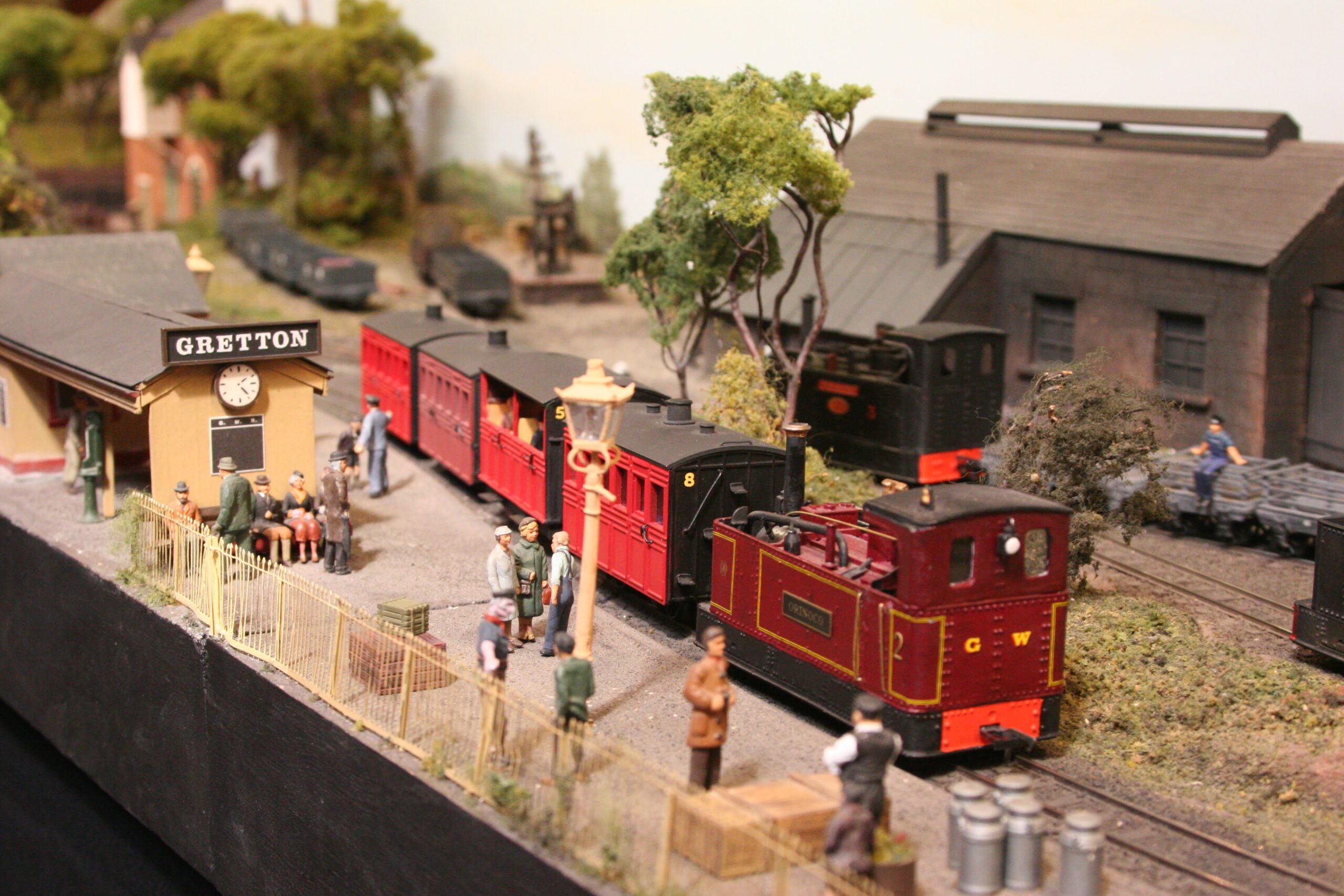
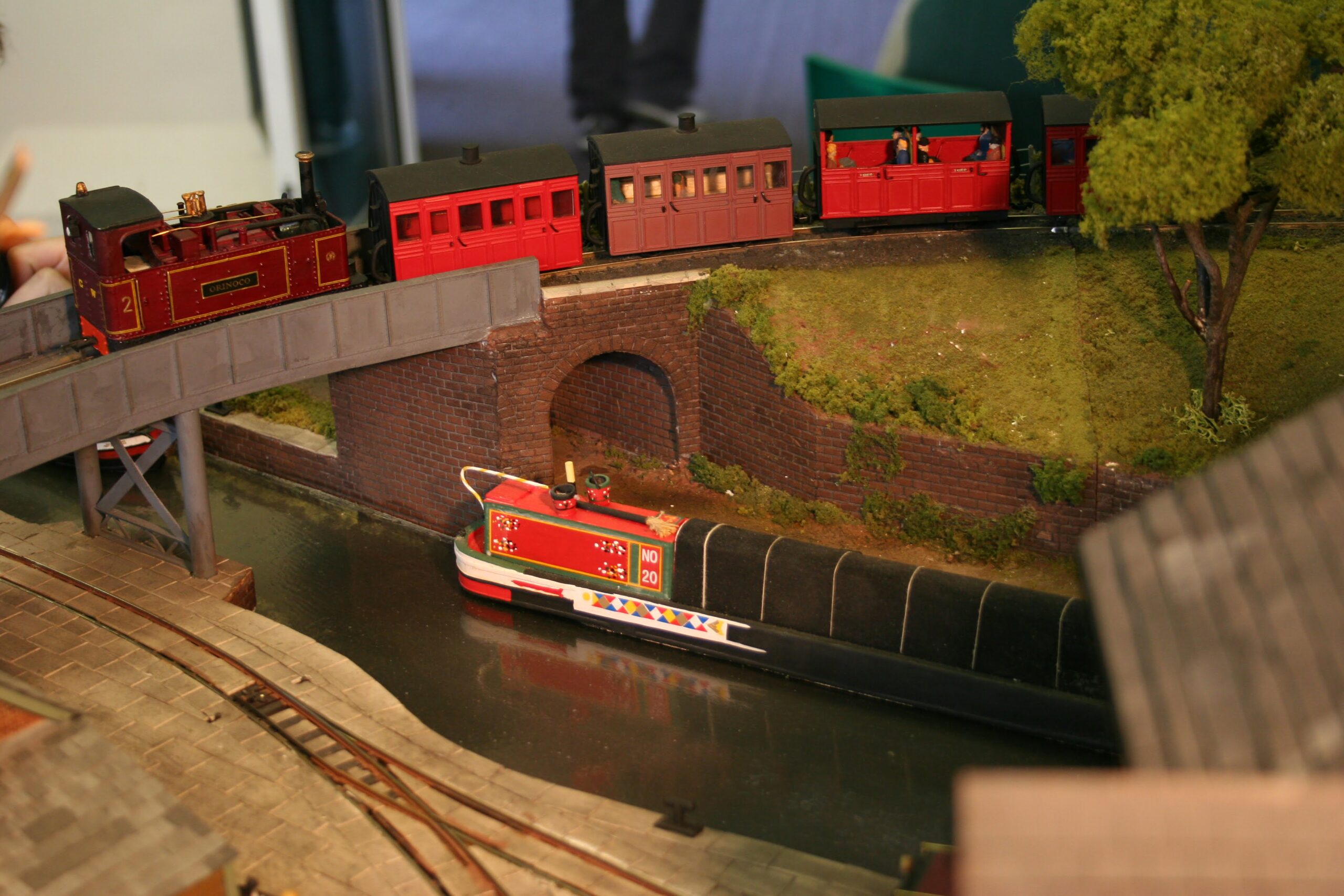
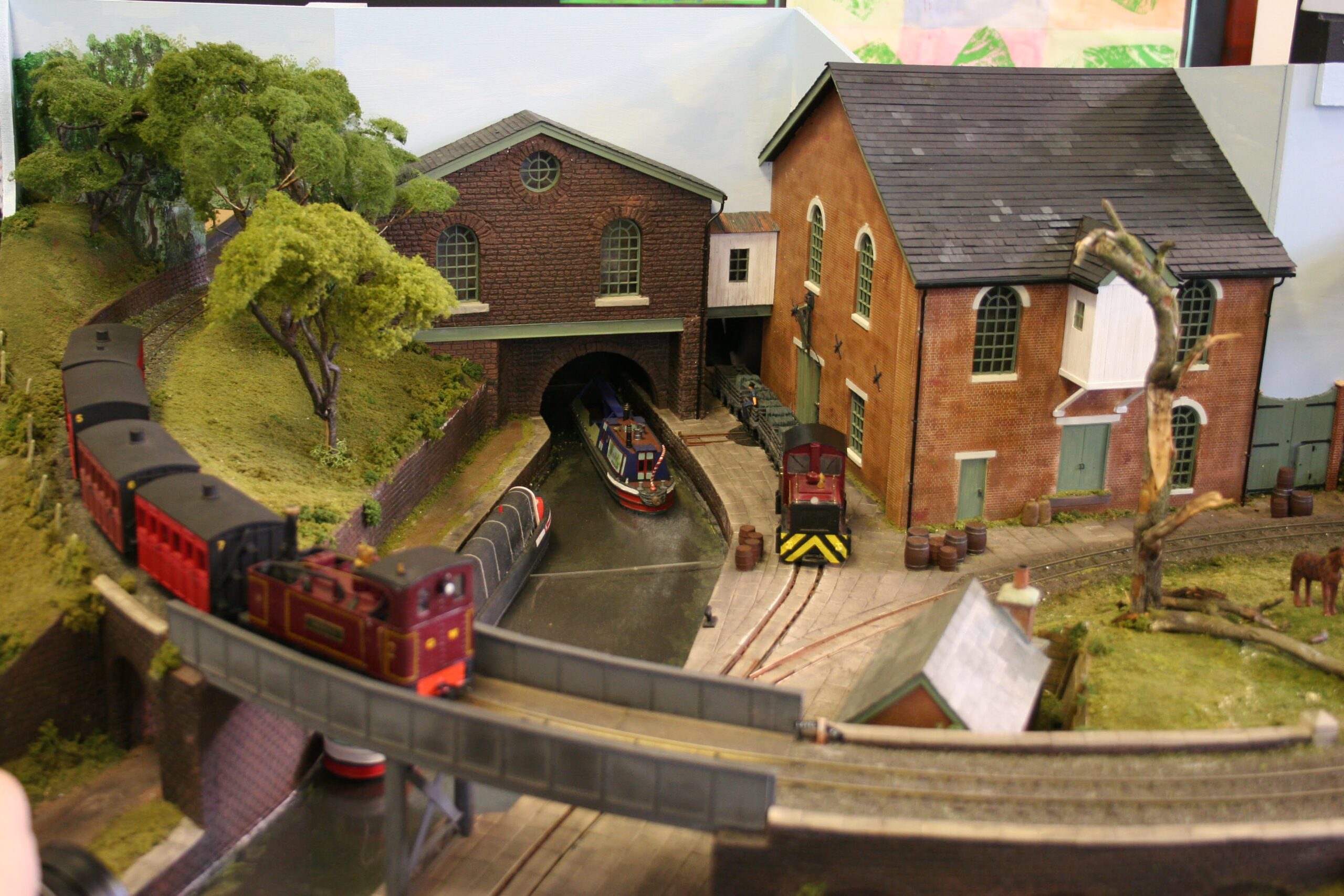
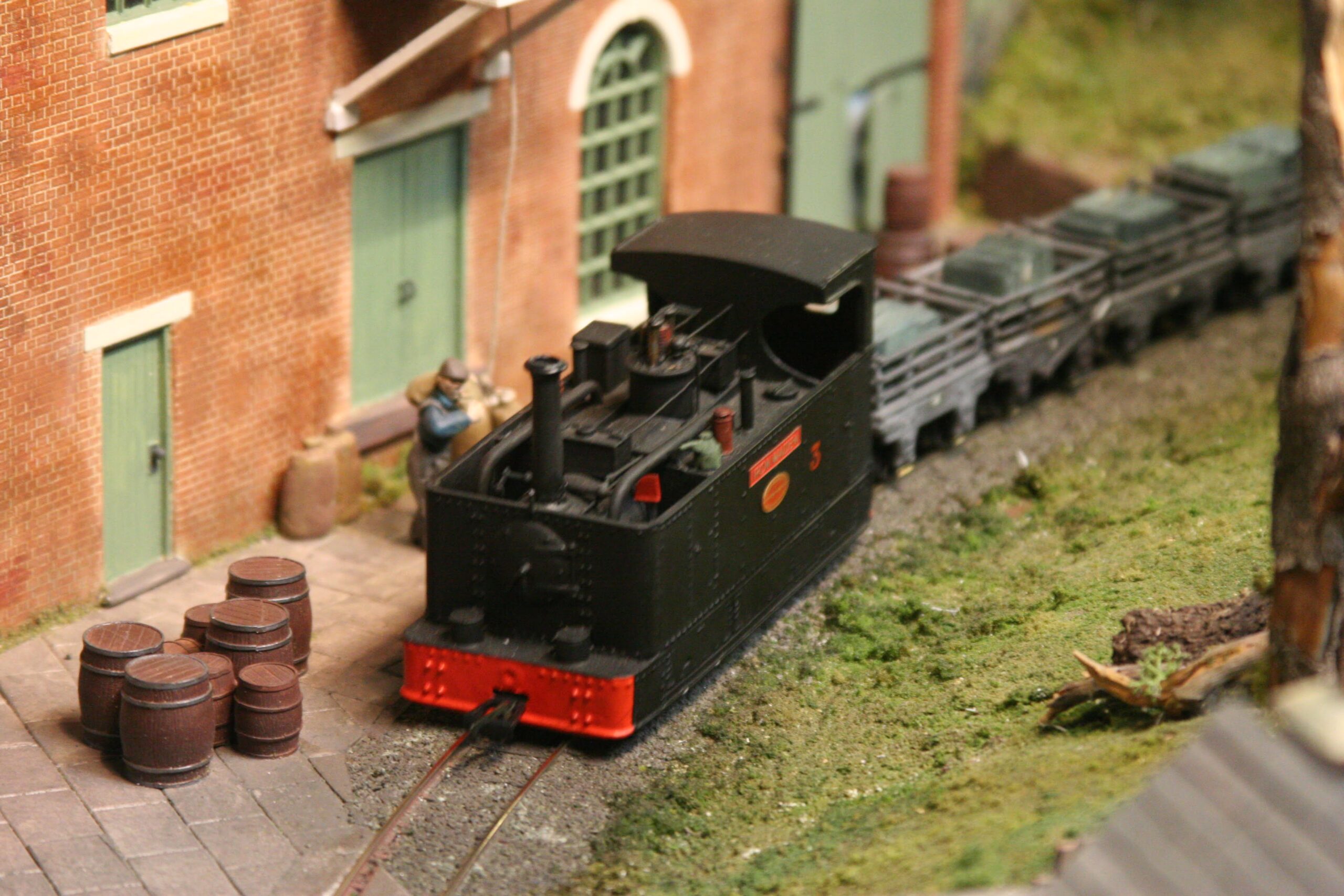
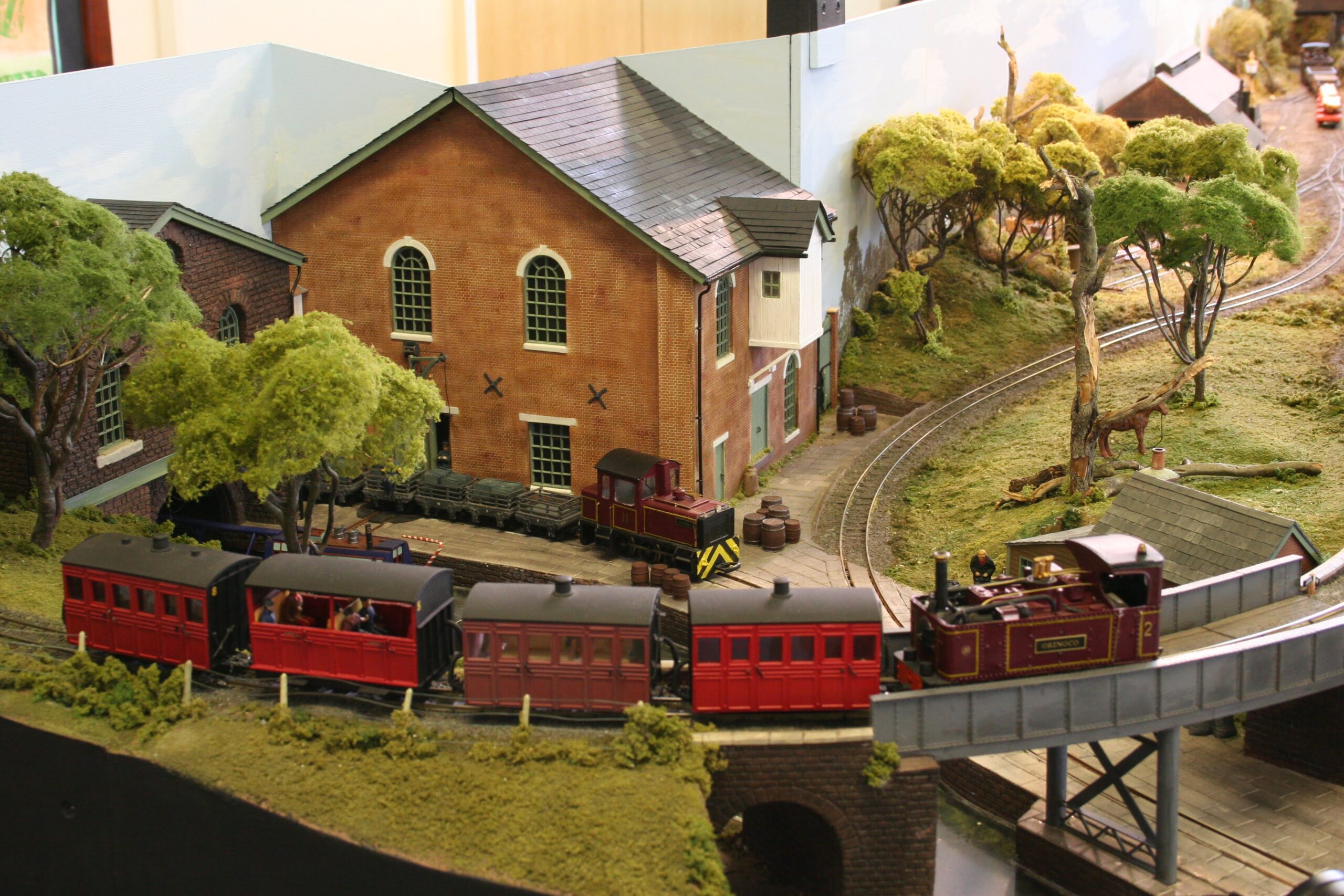
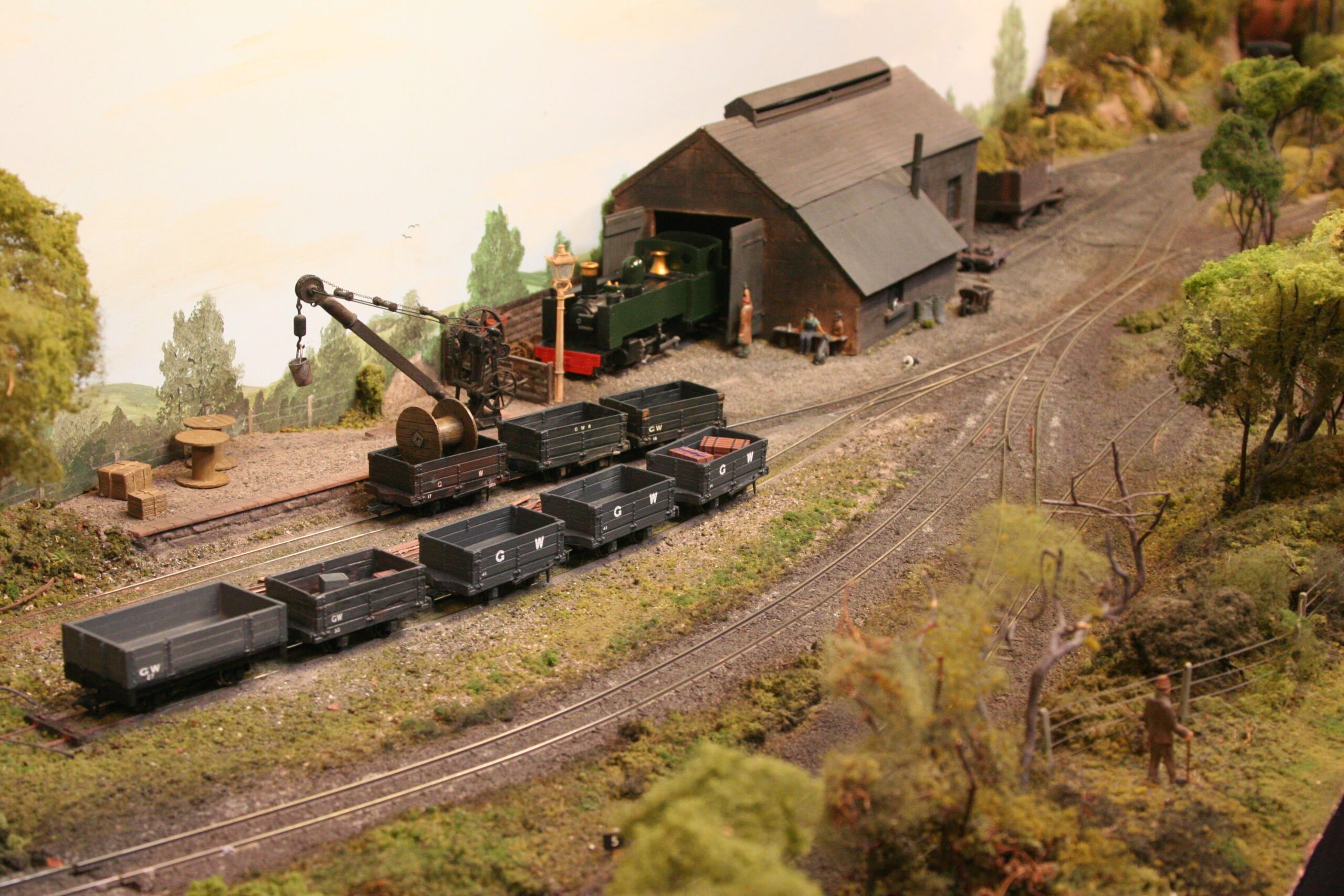
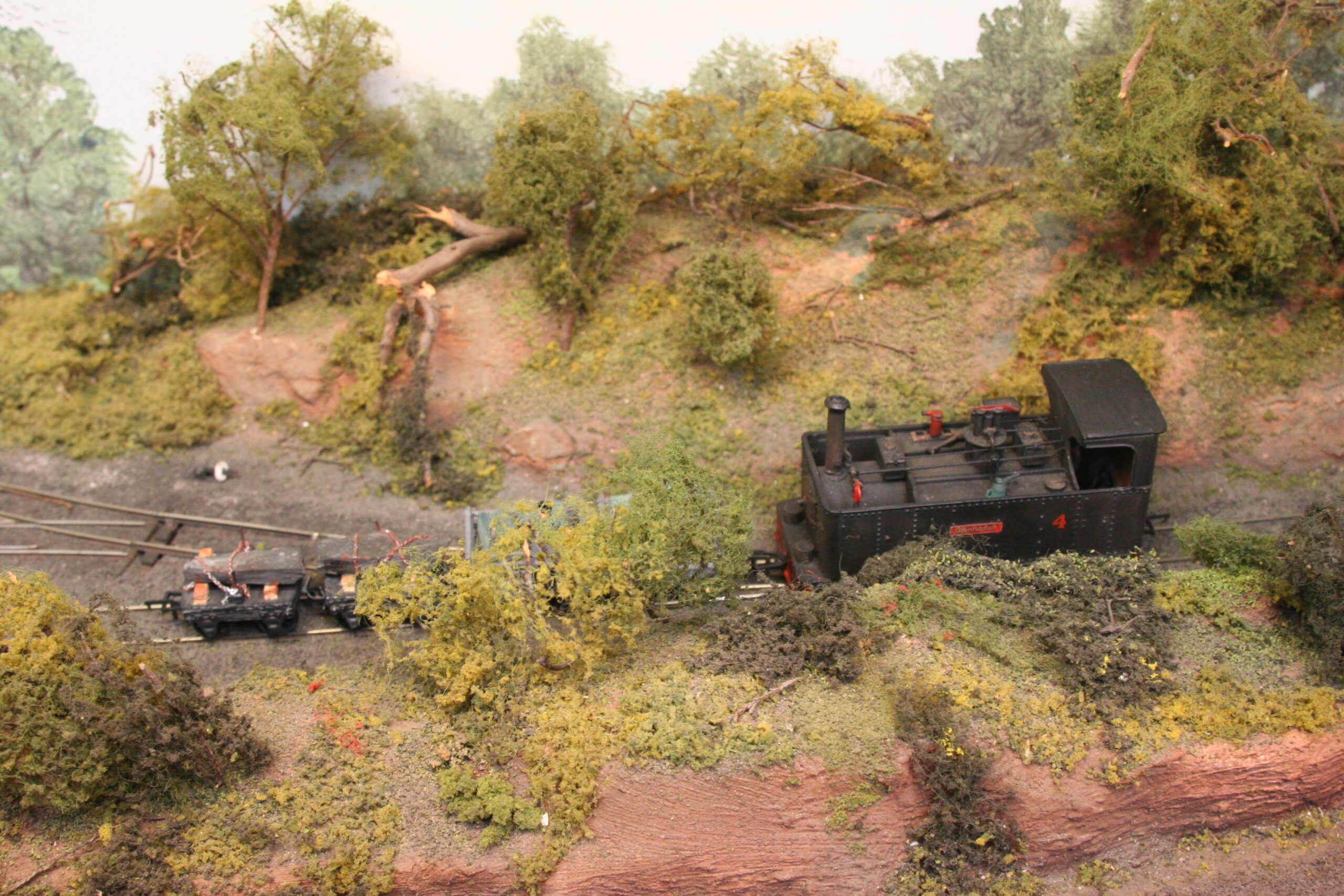
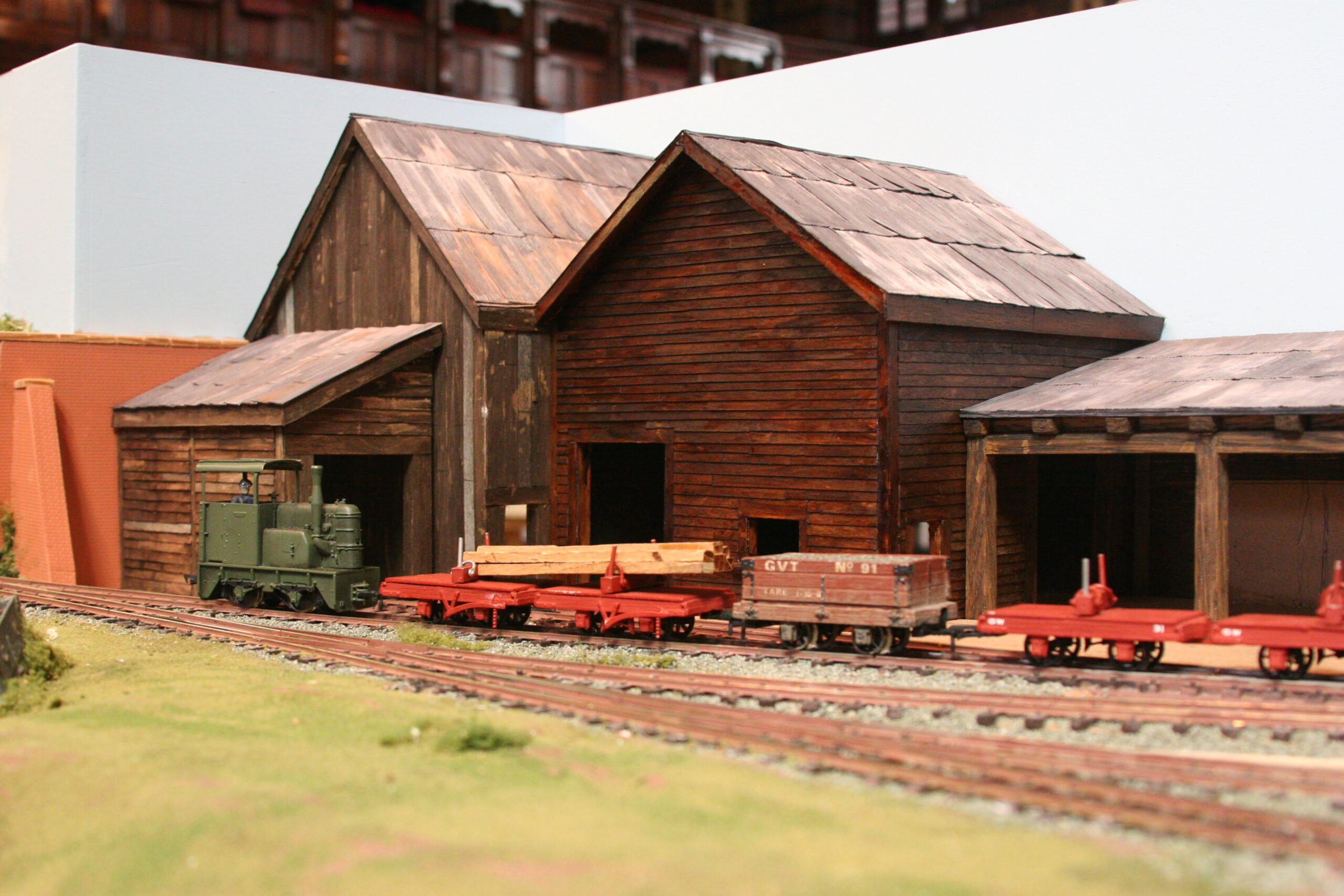
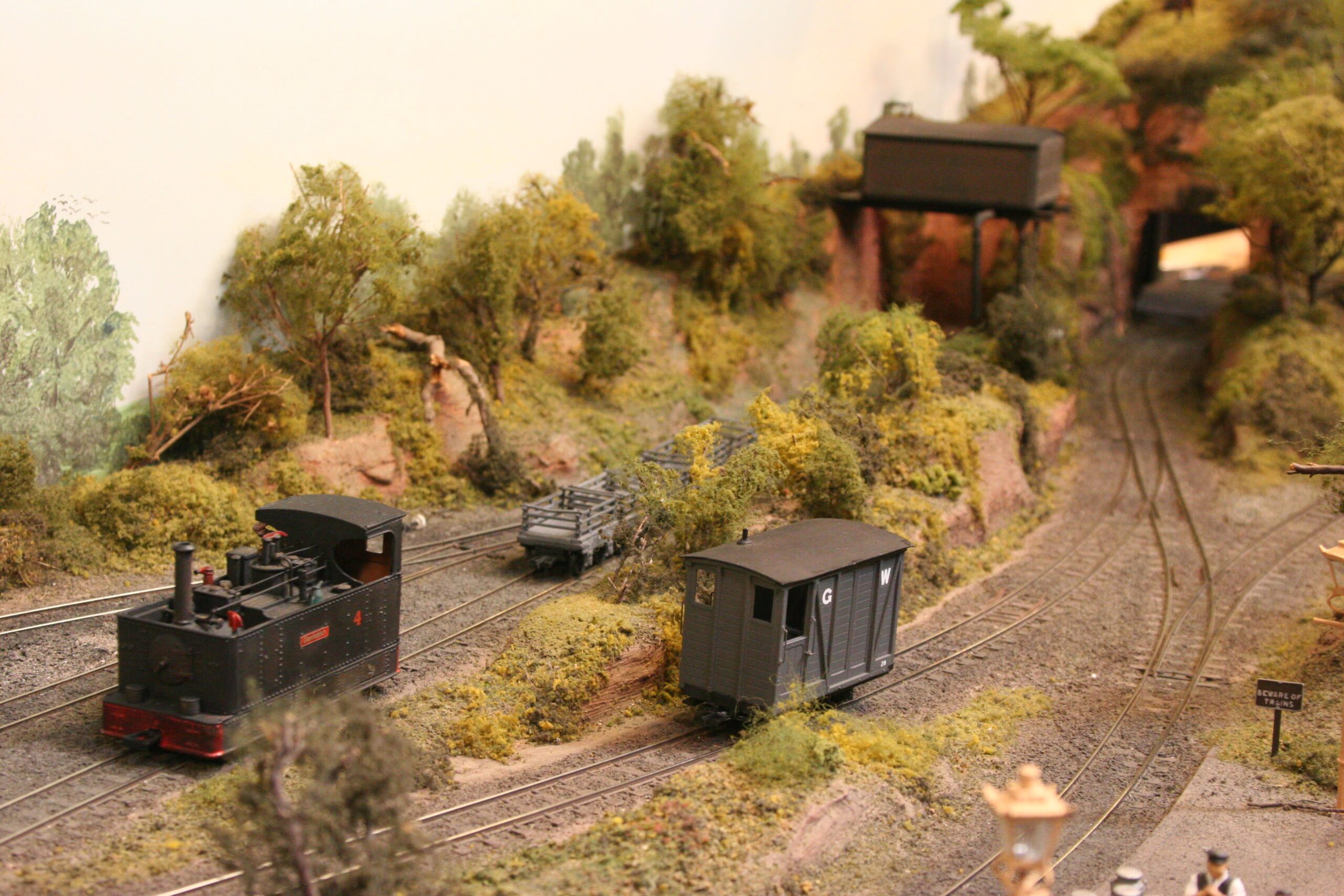
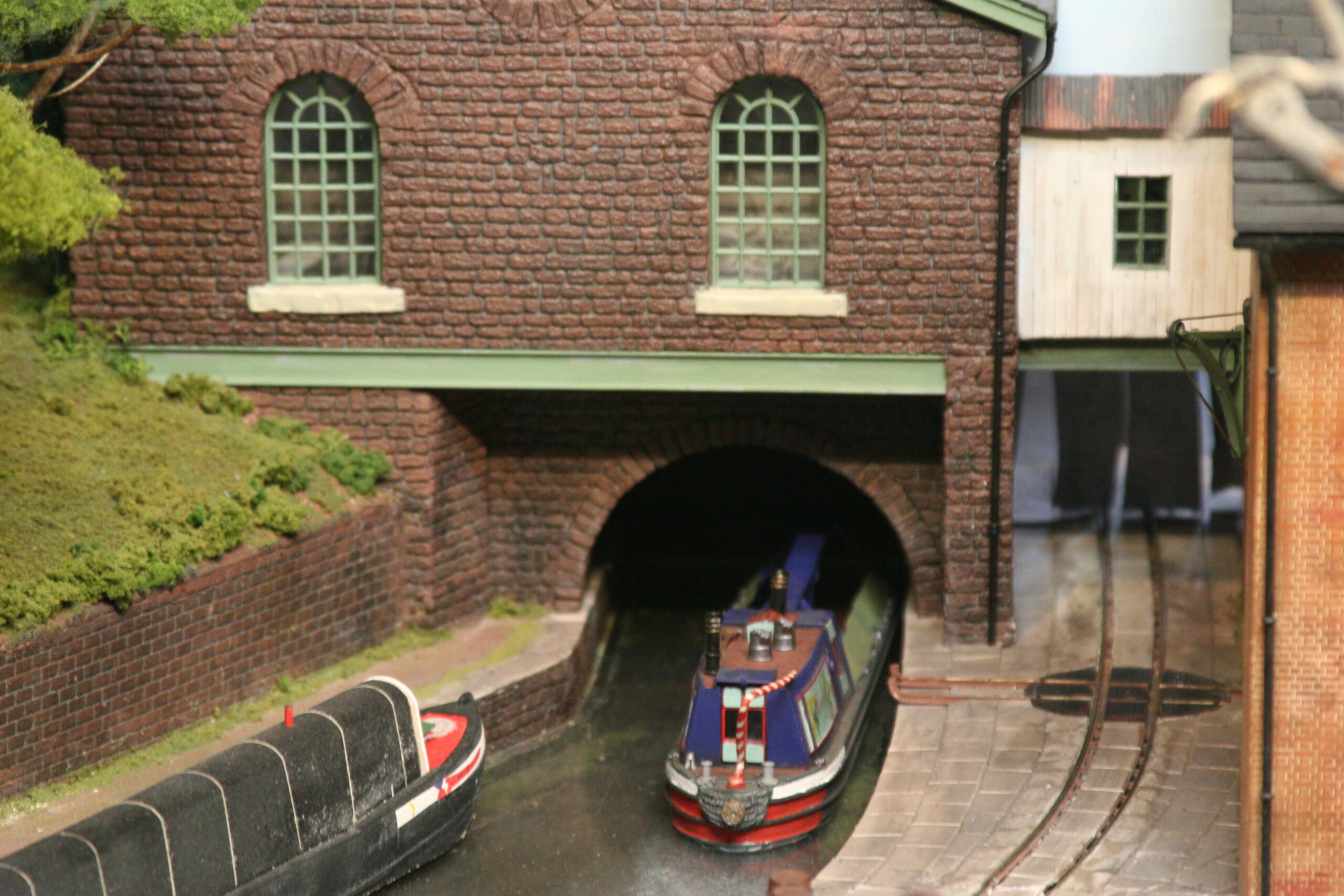
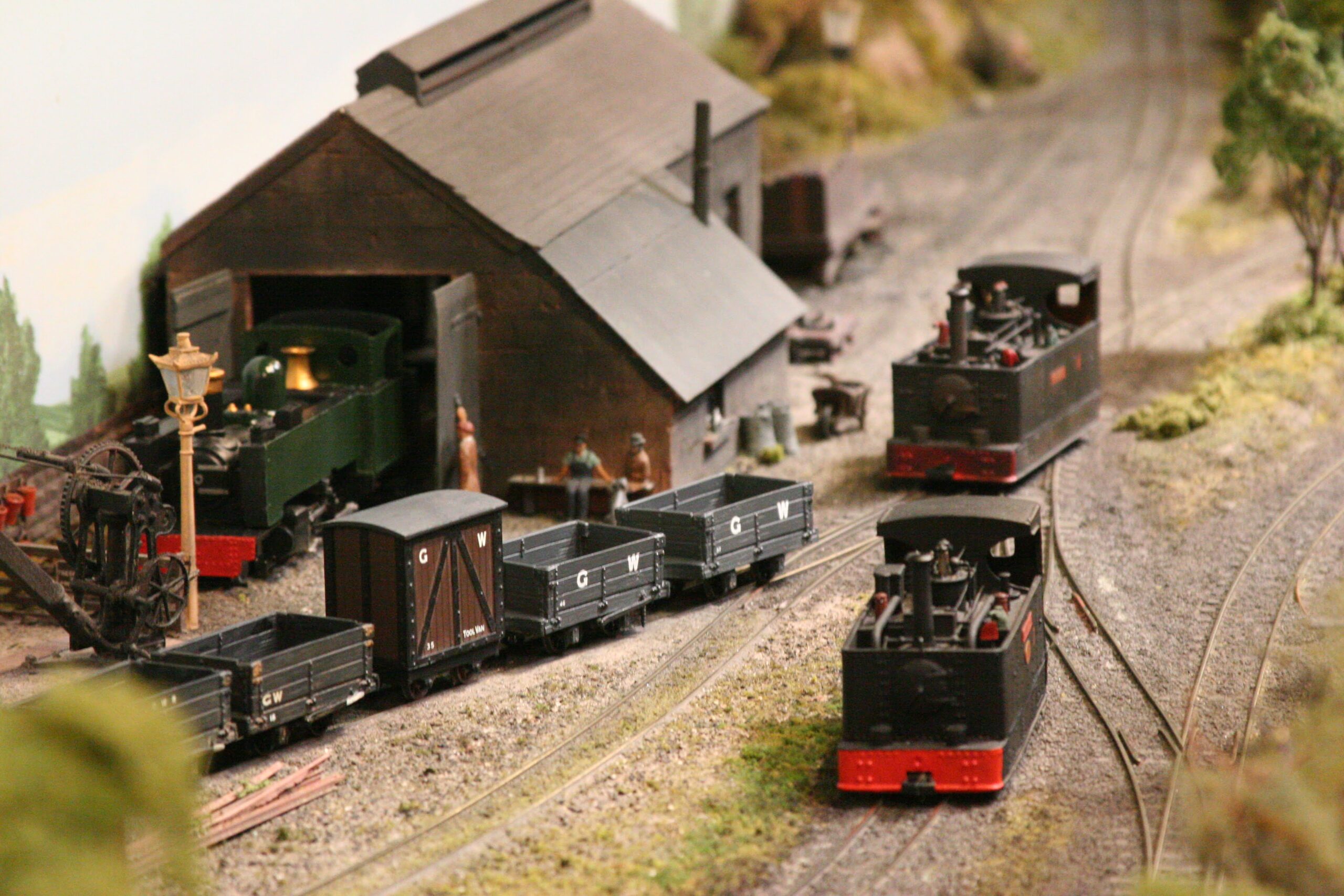
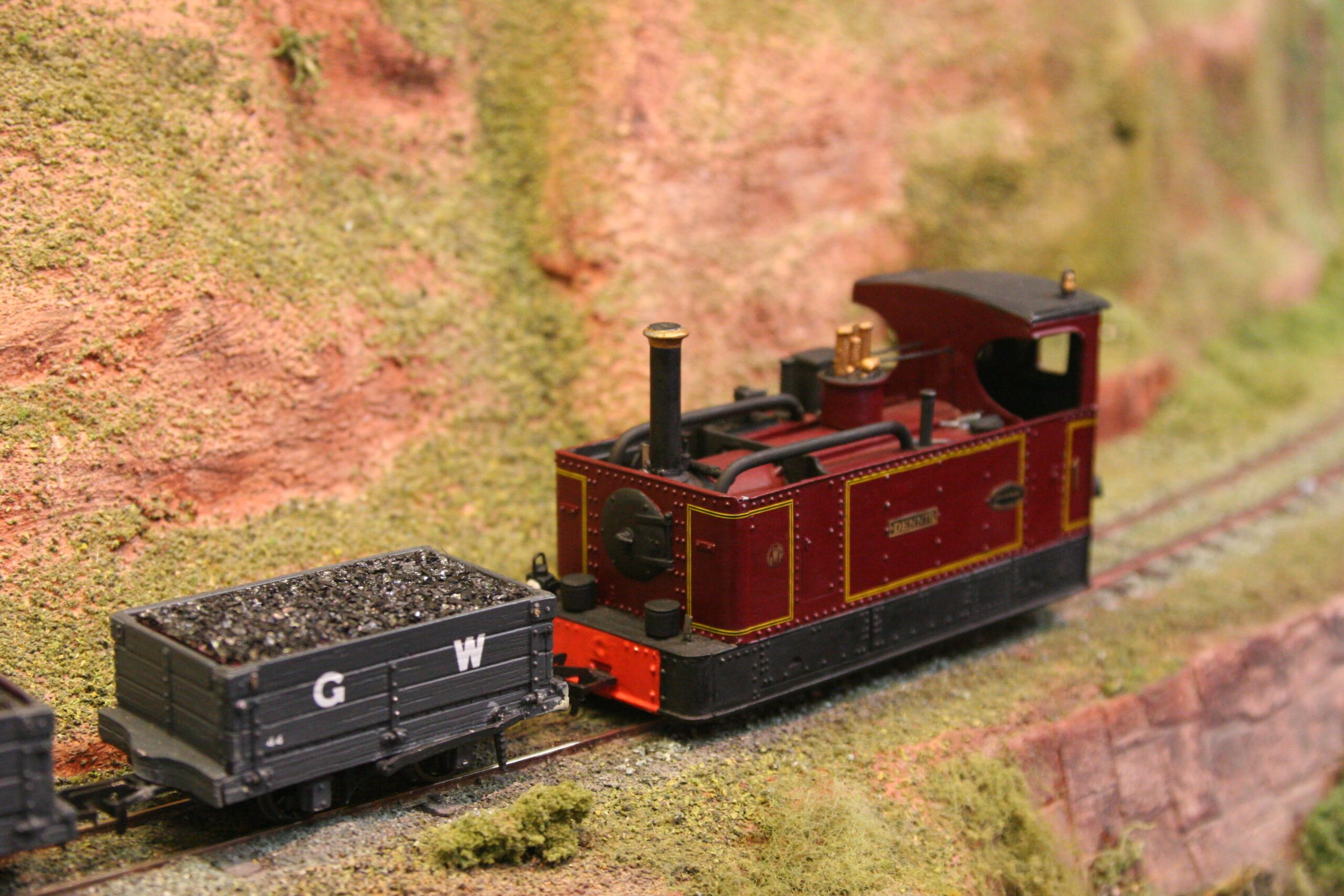
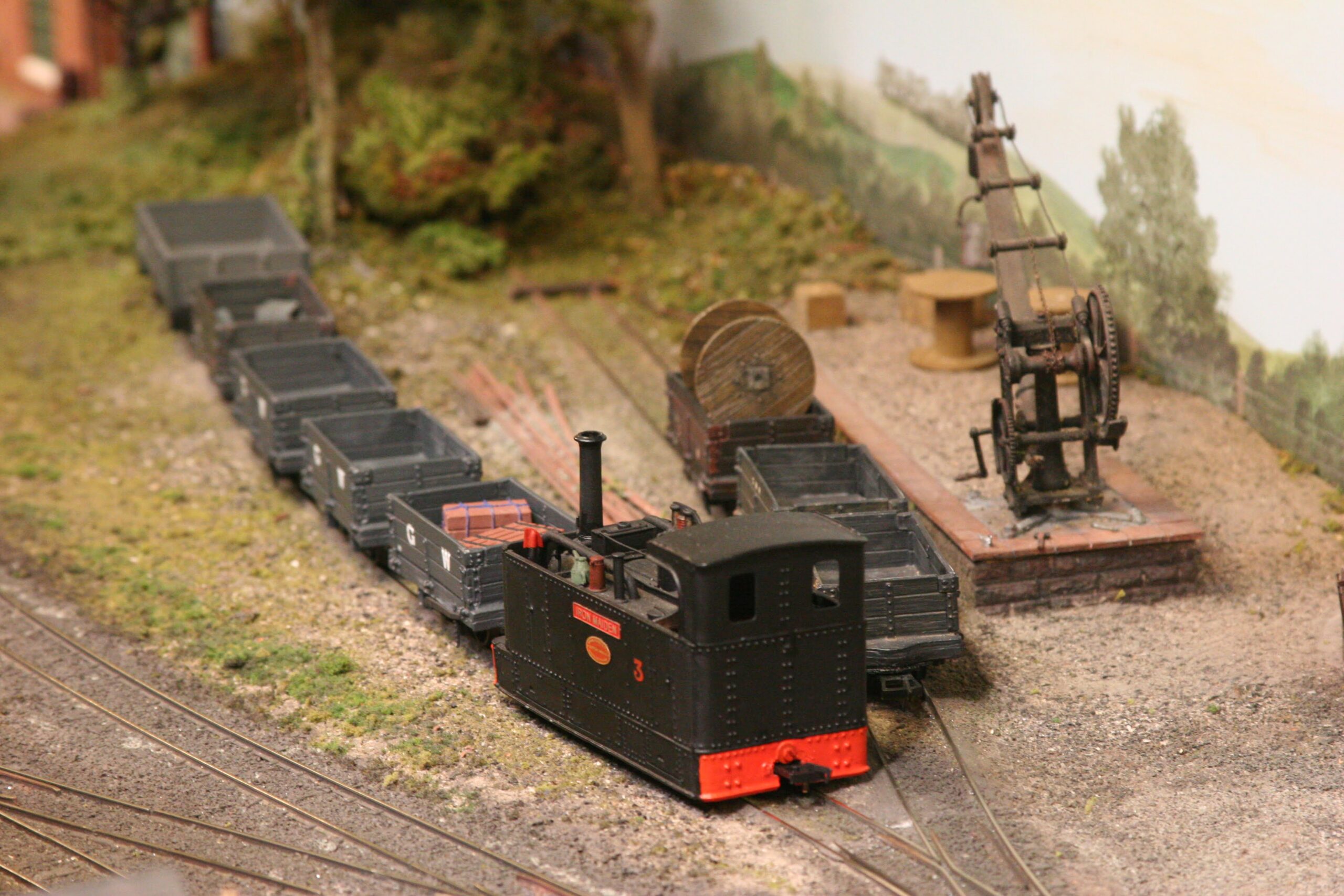
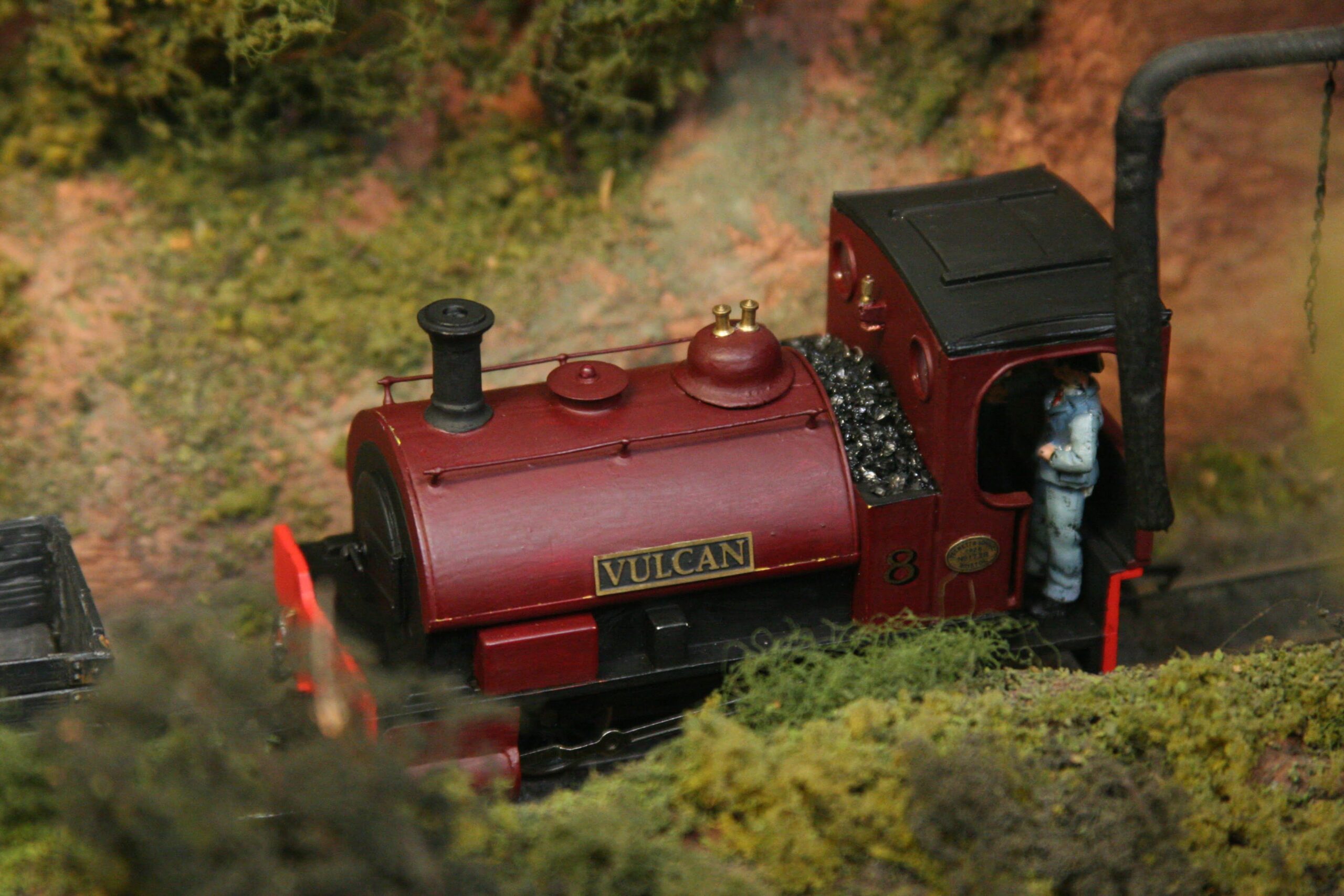
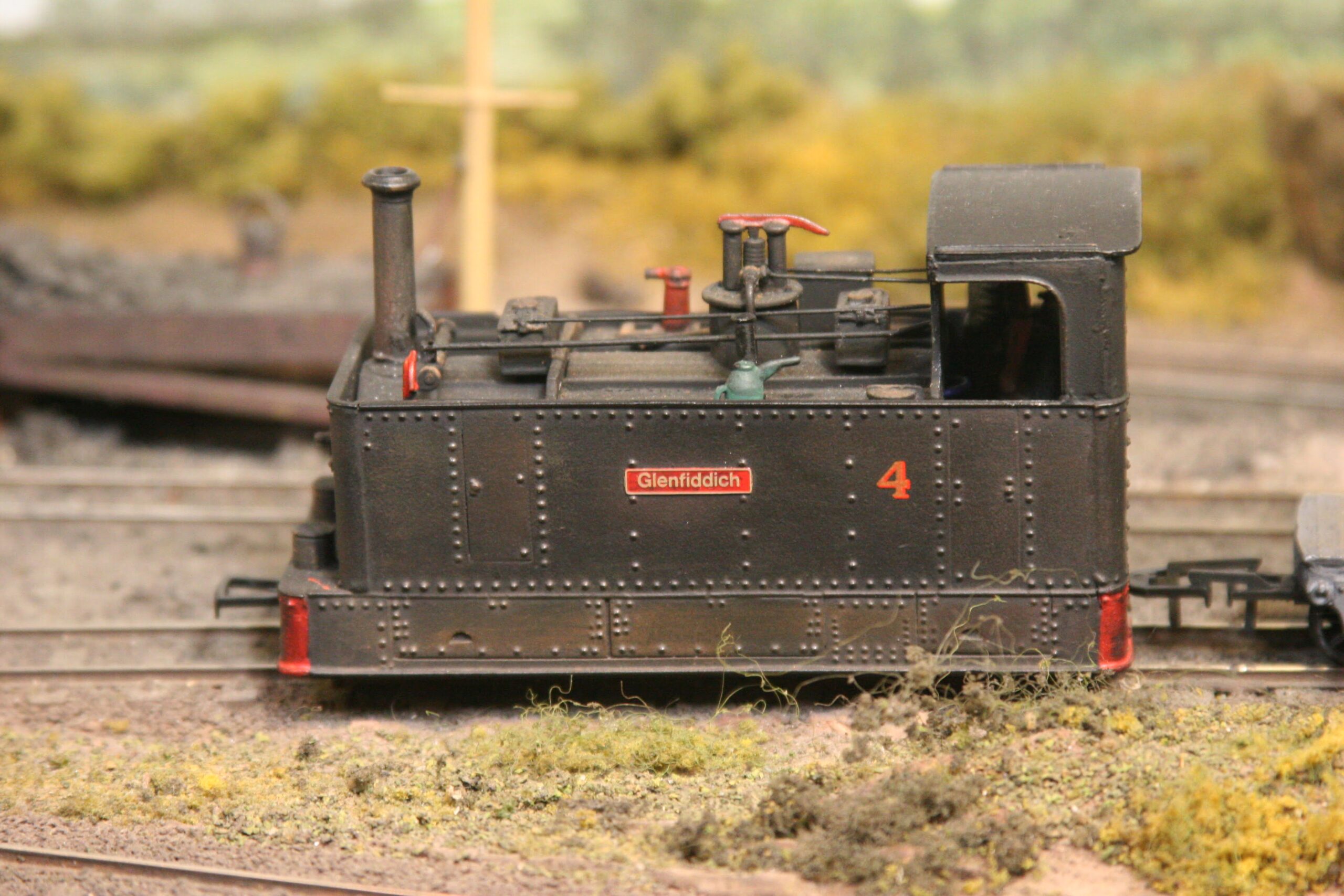
GRETTON AND WENLOCK RAILWAY – a small selection of images from “along the line”.
Booking Information
Contact us for details on how to book the Gretton and Wenlock layout for your exhibition.
SHOTTESFORD MILL
A 7mm O gauge fine scale layout.
The Model
The layout is based on the Somerset and Dorset Railway with its unique infrastructure depicting local station buildings and associated support activities.
The scenic section reflects the type of terrain that the S&D famously traversed on its way through and over the Mendips. The main station layout is loosely based on Yeovil Pen Mill and is very much a space saver.
Shottesford is the name given to Blandford Forum by Thomas Hardy in his epic novels and today the name appears on a new estate within Blandford to reflect the importance of this local connection.
Specific buildings have been modelled based on those found at Blandford, Shillingstone, Durweston and Midsomer Norton. The viaduct is reminiscent of the one at Tucking Mill.
Contact details – via WRS website
SCALE : 7mm/ft
GAUGE : O Fine scale
SIZE : 48 ft x 2 ft including fiddle yards
VALUE : (for insurance) £2,000 without stock
OPERATORS : up to 6
EXPENSES : Hired van
REQUIREMENTS : Table for stock, chairs for operators and power supply to each end.
LAYOUT DETAILS : Viewed from entire 42 ft length with information displayed on side fiddle yard.
Description/write up for programme – see other tab.

Top Left – working on the layout during
Summer 2020.
Right – part of the scenic section.
Bottom Right – the village.
Below – “Incident at Bailey Gate”.

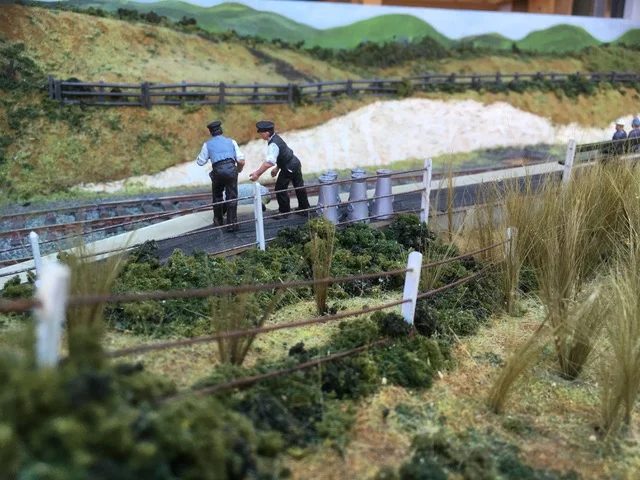







Booking Information
Contact us for details on how to book the Shottesford Mill layout for your exhibition.
Booking Information
Contact us for details on how to book the Shottesford Mill layout for your exhibition.
